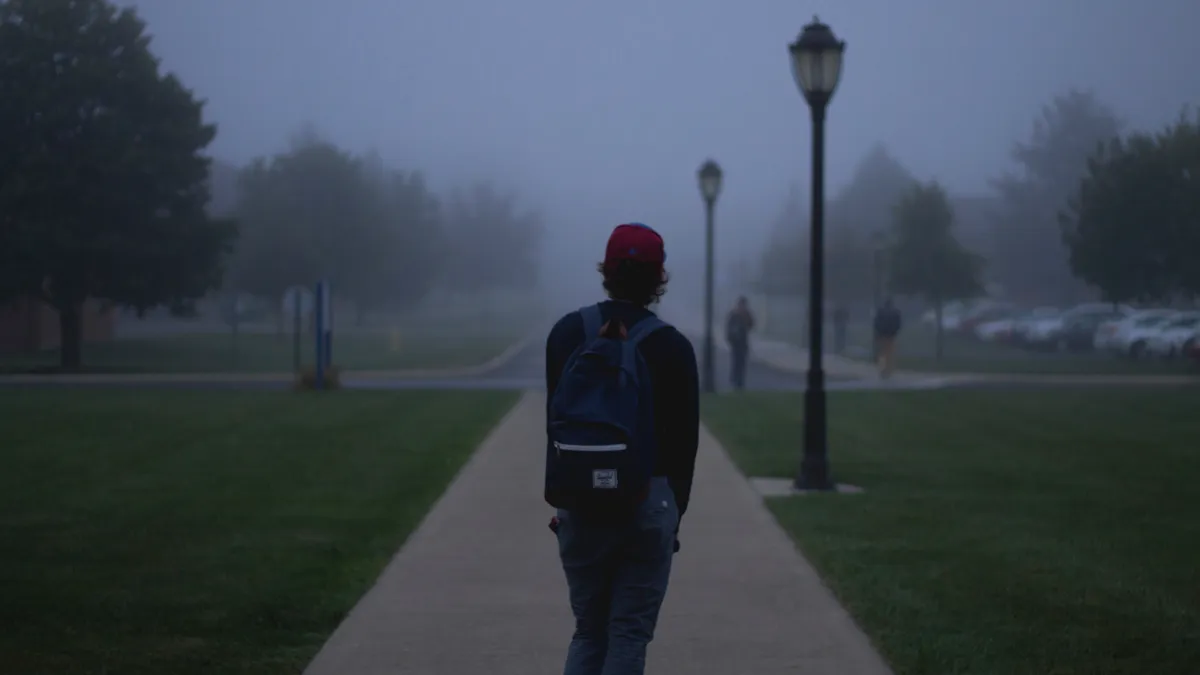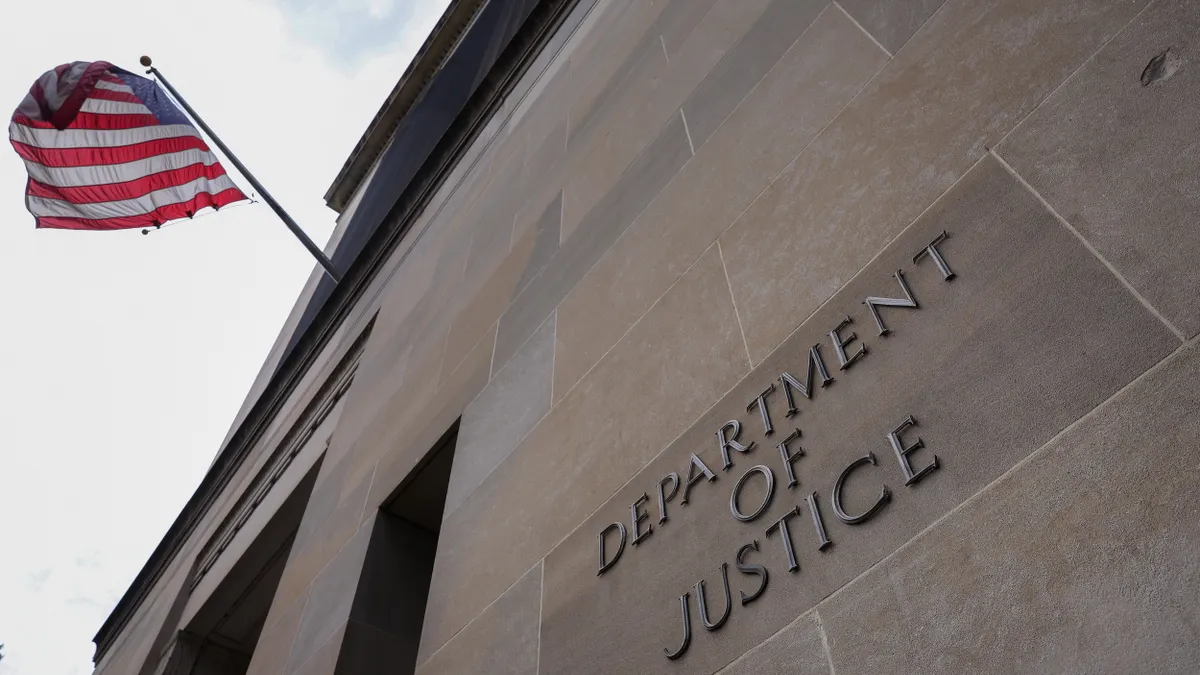Mark Sullivan is the former director of the U.S. Secret Service.
As the country begins its return to normal, experts are worried about the reemergence of a tragic reality in America — school violence. This reality isn’t lost on our nation’s students, who are returning to school in person and increasingly worried about their safety.
A recent poll by Navigate360 and Zogby Strategies found 54% of students had anxiety about returning to the classroom in person, and only 35% had confidence their school leadership was prepared to handle a critical violent incident.
As a society, we cannot allow ourselves to become numb to this problem. While school violence seems insurmountable, there is extensive research outlining proven strategies to prevent violence and keep our school communities safe. Over the past two decades, our knowledge has deepened on what leads to school violence and, more importantly, how to prevent it.
A new report released last month by the U.S. Secret Service provides even more insight. It examined 67 averted school shootings and found three clear strategies to prevent these attacks — proactive mental health support, a peer reporting system and a behavioral intervention protocol. I’ve seen many states that have embraced and implemented one or two of these best practices throughout their schools, but few have embraced all three, leaving critical gaps that could result in tragedy.
Proactively addressing mental health and behavior issues in schools is one of the best ways to reduce violence. Eighty-one percent of plotters studied had experienced life stressors within the year leading up to the attack, and 70% experienced mental health symptoms. As we emerge from the pandemic, millions of students will be returning to school having lost loved ones, experienced financial hardship, and suffered abuse or isolation. To prevent an increase in both violence and suicide, schools must take this stat seriously and invest in comprehensive mental health resources.
Currently, only 23% of students surveyed in the recent Navigate360/Zogby Safety and Wellbeing Poll thought their school was prepared to manage mental health issues including suicide and self-harm. While this can seem like a huge undertaking, several states are leveraging digital tools to provide mental health support and get the word out to students that more help is available if needed.
Michigan offers free social-emotional learning programs to all its students online, which have seen an uptick in users since the start of the pandemic. Never in my 20+ years of experience have I witnessed the nation’s youth face such tremendous mental health needs. To create lasting change, all schools need to equally prioritize social and emotional learning and wellbeing alongside academic achievement.
The study also highlighted the power of social media and peer reporting in discovering and preventing attacks. In 94% of cases, the plotters shared their intention through verbal statements, electronic messages, social media and online forums. In 61% of the averted cases, it was fellow students who alerted school authorities to the planned attack.
However, despite critical information students provided, only 23% of schools had a dedicated reporting system — a key reason that in almost half the cases, teens had heard about the plot but didn’t report it. Schools have a responsibility to make it as easy as possible to ensure they get accurate information about students.
Nevada is the country’s leader in the use of anonymous tip reporting to prevent all types of harm, including violence, bullying, suicide and addiction. The proactive use of tip reporting in Nevada’s schools gives school leadership real insight into the problems and feelings of their students, allowing them to intervene quickly.
Lastly, the study found almost all of the plotters exhibited a range of behaviors that concerned both adults and fellow students for years leading up to the discovery of their plot. However, many of the common behaviors they exhibited for years — such as an interest in violence, mood swings or conflicts with students — weren’t addressed properly. The use of behavioral threat assessment teams can help schools intervene and mitigate these behaviors by assisting students with unresolved grievances or other mental health needs, without overreacting in order to identify those who pose a threat.
With early intervention, studies show frequently a student’s concerning behavior can be addressed with counseling and education. While states like Florida and Texas are leaders in the use of behavioral threat intervention teams, there are dozens of states whose schools are missing key intervention opportunities that could prevent the next attack.
My experience has taught me school safety starts with prevention. As the nation emerges from the pandemic, we must prioritize the mental health and well-being of our youth, to prevent an epidemic of self-harm, suicide and violence within our schools. This includes creating an environment that promotes a culture of caring, prioritizes social-emotional learning as well as academics, and has a system that’s dedicated to intervening and helping at-risk students.
While we should applaud each state leader whose safety initiative is saving lives, we must also encourage the sharing of and collaboration on best practices. By taking the learnings of each state leader and creating a comprehensive three-prong approach to violence prevention protocols, we can proactively prevent, identify and mitigate concerning behavior before tragedy happens.





 Dive Awards
Dive Awards














